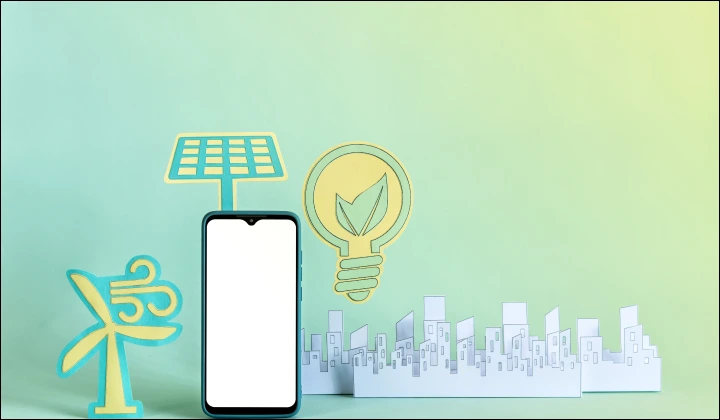Connectivity is a cornerstone of IoT, yet it presents significant hurdles in IoT Device Communication Optimization. One primary challenge is the heterogeneity of networks.
IoT devices operate in diverse environments, from urban areas to remote rural regions.
This necessitates support for multiple network technologies, including Wi-Fi, cellular (2G, 3G, 4G, 5G), low-power wide-area networks (LPWANs) like LoRaWAN ↗️ and NB-IoT, and satellite communication.
Managing these disparate networks, ensuring seamless handovers, and optimizing data transmission across them is complex.
As you plan , it’s essential to incorporate support for diverse network technologies to ensure smooth connectivity
Solution:
✅ Ensure strong and stable signals through the use of repeaters, signal boosters, and optimal placement of devices
✅ Implement failover mechanisms and offline capabilities to maintain functionality during network outages





 8 mins
8 mins











 Talk to Our
Consultants
Talk to Our
Consultants Chat with
Our Experts
Chat with
Our Experts Write us
an Email
Write us
an Email





